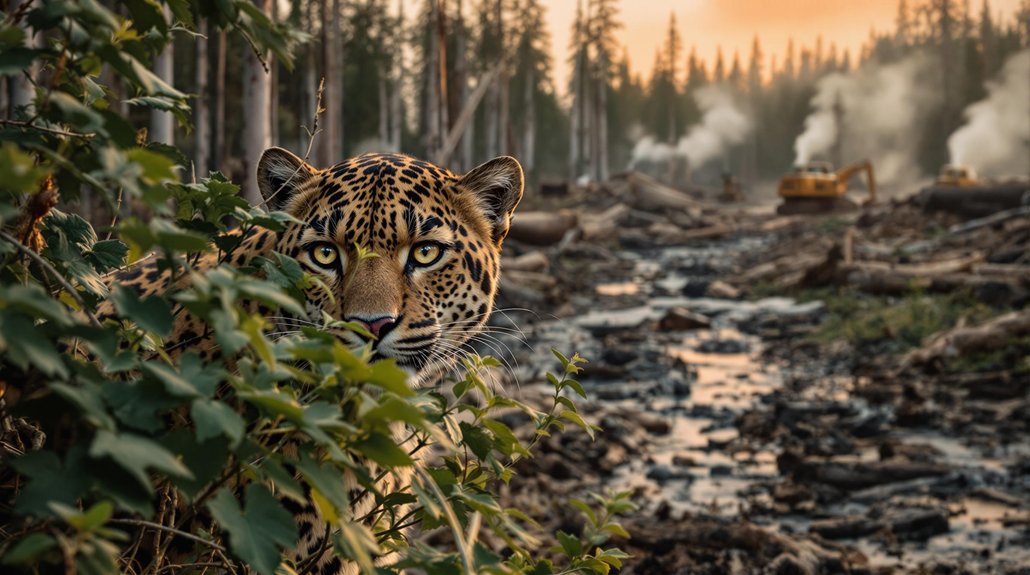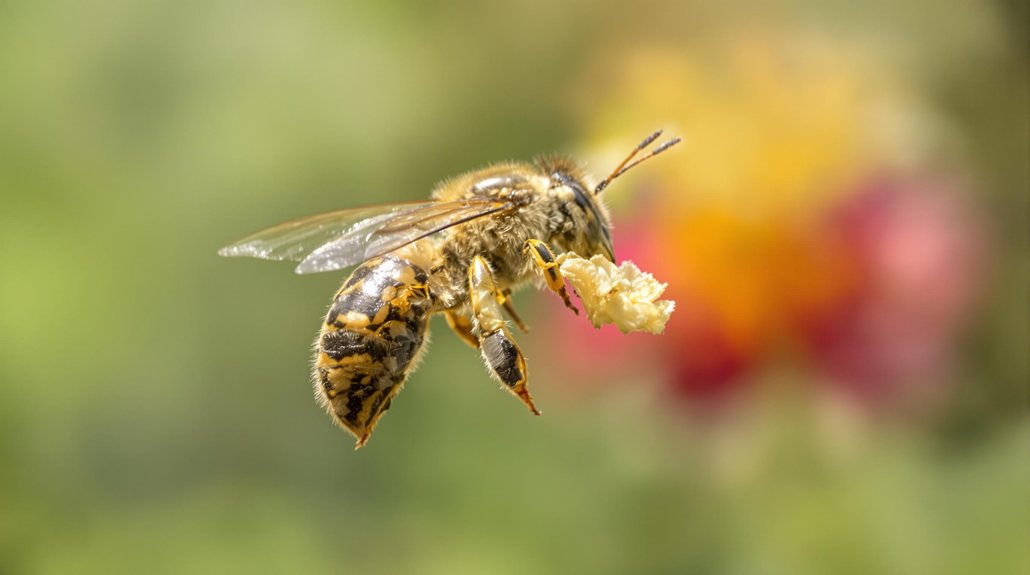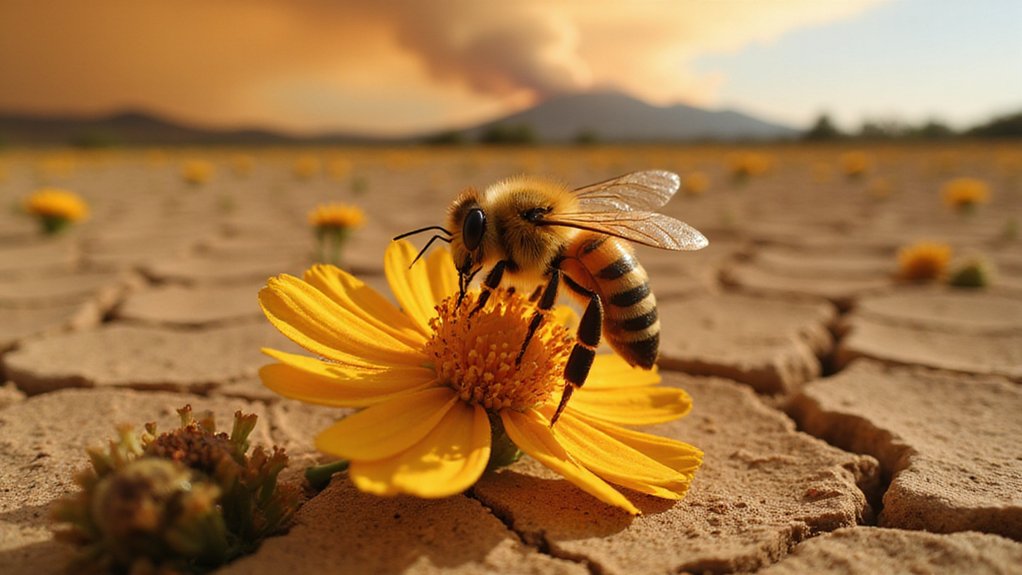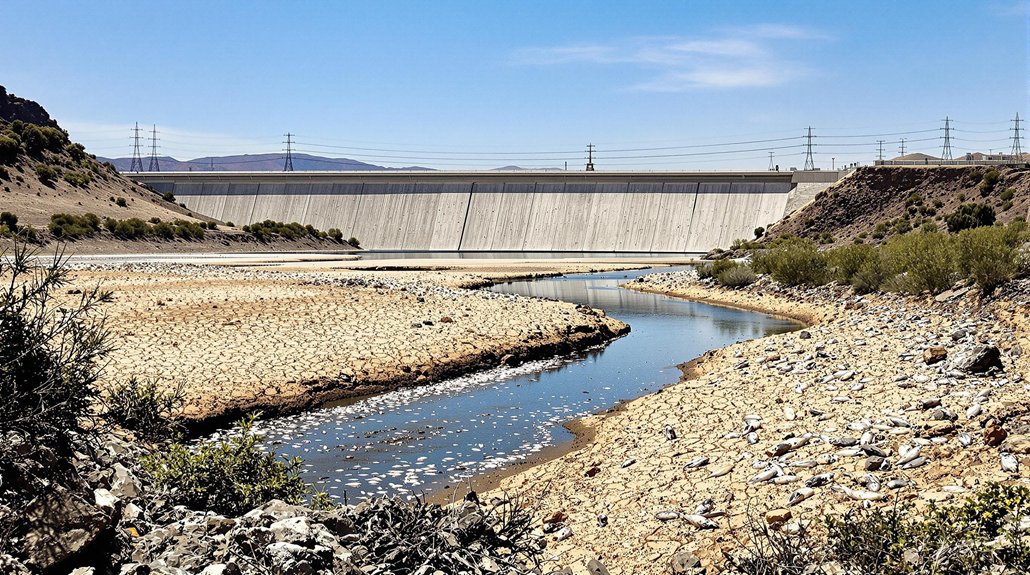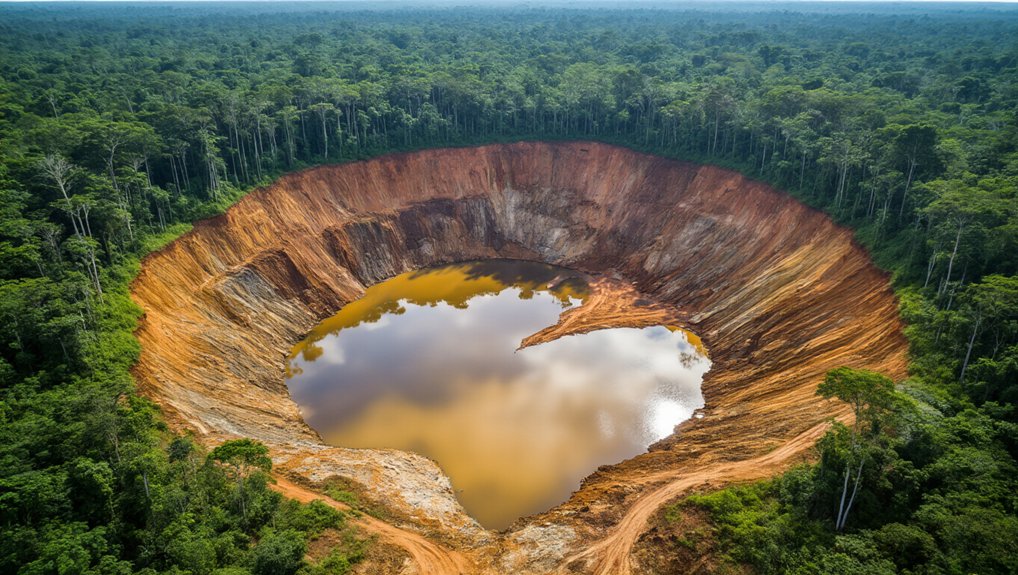Wildlife extinction rates have accelerated to 1,000-10,000 times natural levels, with 28% of assessed species now at risk globally. The Trump administration weakened the Endangered Species Act, allowing economic factors to influence protection decisions and reducing conservation funding. These policy changes ignored climate change impacts despite scientific evidence showing its threat to species survival. Conservation efforts continue through protected areas as numerous species face immediate extinction dangers.
Destruction of natural habitats is pushing thousands of species toward extinction at an alarming rate. Scientists report that current extinction rates are 1,000 to 10,000 times higher than the natural background rate. This means between 0.01% and 0.1% of all species are becoming extinct each year, which translates to 200 to 100,000 extinctions annually. Many experts now refer to this as Earth’s sixth mass extinction event.
The International Union for Conservation of Nature (IUCN) has identified over 46,300 species currently threatened with extinction. This represents 28% of all assessed species worldwide. Among the hardest hit groups are amphibians (41% threatened), mammals (26% threatened), and sharks and rays (37% threatened). Some species face immediate danger, like the Amur leopard with fewer than 100 individuals remaining and the Javan rhino with a population under 60.
Nearly 3 in 10 assessed species face extinction, with amphibians and marine life most vulnerable.
Freshwater ecosystems are experiencing a particularly severe crisis. About 24% of freshwater species risk extinction, with an 85% decline in freshwater populations since 1970. Areas like Lake Victoria and Lake Titicaca are among the most threatened, with agricultural pollution posing a major danger. The dramatic 85% decline in freshwater wildlife populations is even more severe than what’s seen in terrestrial and marine ecosystems.
The Endangered Species Act (ESA) has been vital in conservation efforts, saving 291 species from extinction. However, the Trump administration has greatly weakened these protections. Recent changes to the ESA now allow economic considerations to factor into decisions about species protection. The administration has also expedited environmental approvals for large investments and reduced funding for conservation programs. The new regulations ignore climate impacts on species survival despite scientific evidence showing climate change threatens nearly half of terrestrial mammals.
Climate change represents another serious threat, but efforts to address it face challenges from the administration’s policy of climate change denial. Despite these setbacks, conservation work continues through protected areas, captive breeding programs, and international agreements like the Paris Climate Accord.
These efforts remain essential as habitat loss, overexploitation, pollution, and invasive species continue to push wildlife toward extinction.
